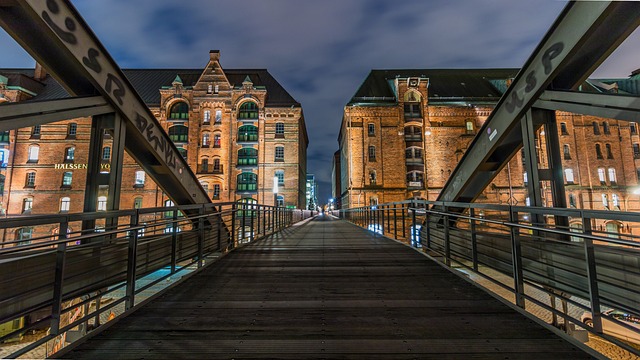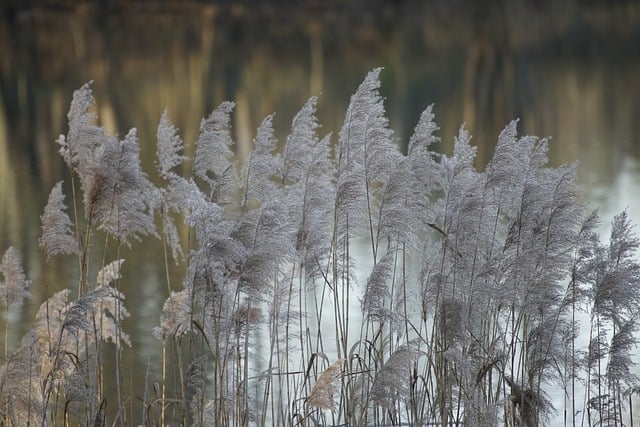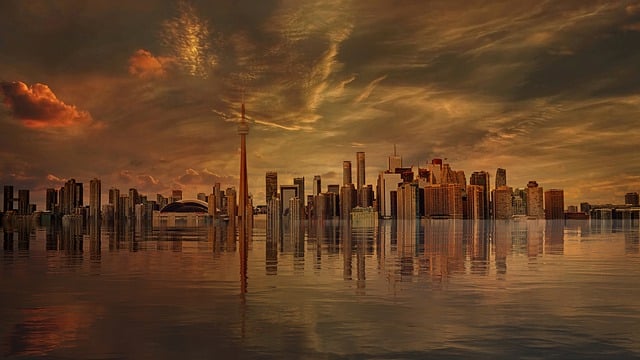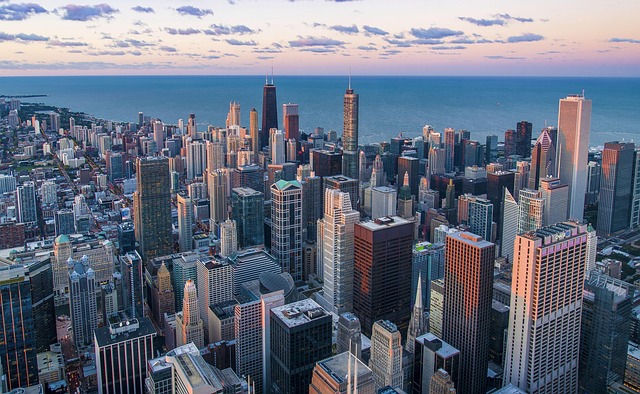The fusion of desert landscapes with water bodies creates unique recreational areas boosting real estate values by attracting adventurers and nature enthusiasts. These oases, lakes, and riverbanks offer a range of activities from tranquil boat rides to watersports, while their visual appeal enhances local tourism. The strategic location between desert and water presents vast real estate opportunities for luxurious resorts and eco-friendly accommodations, appealing to diverse visitors seeking immersive experiences. Developers can capitalize on the growing demand for alternative getaways, driving economic growth through property value appreciation, business expansion, and job creation. Success requires strategic planning, sustainable design, conservation efforts, and minimizing environmental harm.
Discover the enchanting fusion of arid landscapes and aquatic bliss at desert-meets-water recreation hubs—a burgeoning trend redefining outdoor entertainment. These multifaceted destinations, blending the serenity of deserts with the invigorating allure of water, present unparalleled real estate opportunities. From strategic location selection to innovative development strategies, this article explores the market potential and sustainable design considerations for these captivating recreational spaces, highlighting their role as lucrative real estate ventures.
The Unique Appeal of Desert-Water Recreational Areas

The desert, with its arid landscapes and vast expanses, meets water in a harmonious fusion that creates unique recreational areas. This captivating blend offers an extraordinary experience for locals and visitors alike, transforming real estate values in the region. The serene beauty of oases, man-made lakes, and riverbanks provides a stark contrast to the rugged desert terrain, attracting adventurers and nature enthusiasts. These recreational hubs become sanctuary spots where people can escape the heat, enjoy water sports, and connect with nature.
The integration of water into desert landscapes presents a diverse range of activities, from tranquil boat rides and swimming to energetic watersports like kayaking and windsurfing. The visual appeal is equally captivating, with shimmering water bodies reflecting the vibrant colors of the surrounding dunes. This unique setting not only enhances the local tourism scene but also inspires creative photography, painting, and other artistic pursuits, further boosting the area’s allure in the real estate market.
Real Estate Opportunities: Location, Development, and Market Potential

In the heart of where desert meets water lies a burgeoning recreational hub, presenting immense real estate opportunities. The strategic location, with its unique blend of arid landscapes and aquatic attractions, offers a canvas for innovative development. This could range from luxurious resorts and vacation homes to outdoor adventure centers and eco-friendly accommodations, catering to a diverse range of visitors seeking immersive experiences.
The market potential is significant, given the growing demand for alternative recreational destinations. By leveraging the area’s natural beauty and offering well-planned real estate projects, developers can tap into a robust tourism sector. This hub has the potential to become a premier getaway, attracting locals and international travelers alike, thereby driving economic growth in the region through increased property values, business opportunities, and employment.
Designing and Maintaining a Sustainable Desert-Water Recreation Hub

Creating a recreation hub that seamlessly blends desert and water elements requires careful planning and sustainable design. The choice of location is crucial in real estate; finding a spot where desert landscapes meet water bodies can offer breathtaking views and unique experiences. Architects and urban planners should focus on integrating natural features while minimizing environmental impact.
Sustainable practices include using native plants to reduce water consumption, implementing efficient irrigation systems, and incorporating renewable energy sources. Maintaining the hub involves regular conservation efforts, such as waste management, sustainable landscaping, and monitoring water quality. By adopting these strategies, the desert-water recreation hub can thrive as an eco-friendly destination that attracts visitors seeking both adventure and relaxation.






